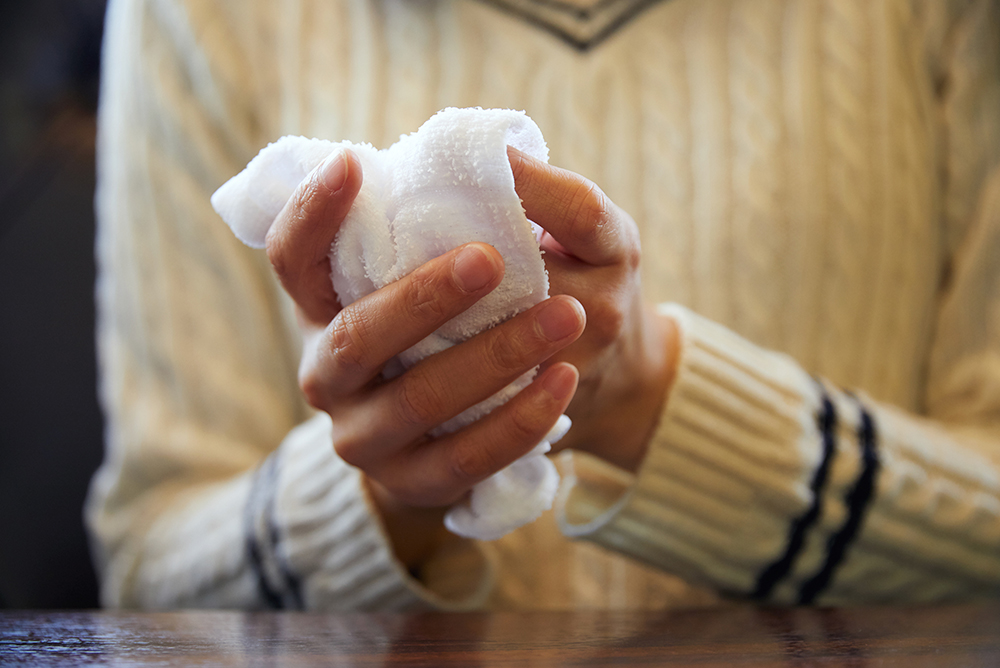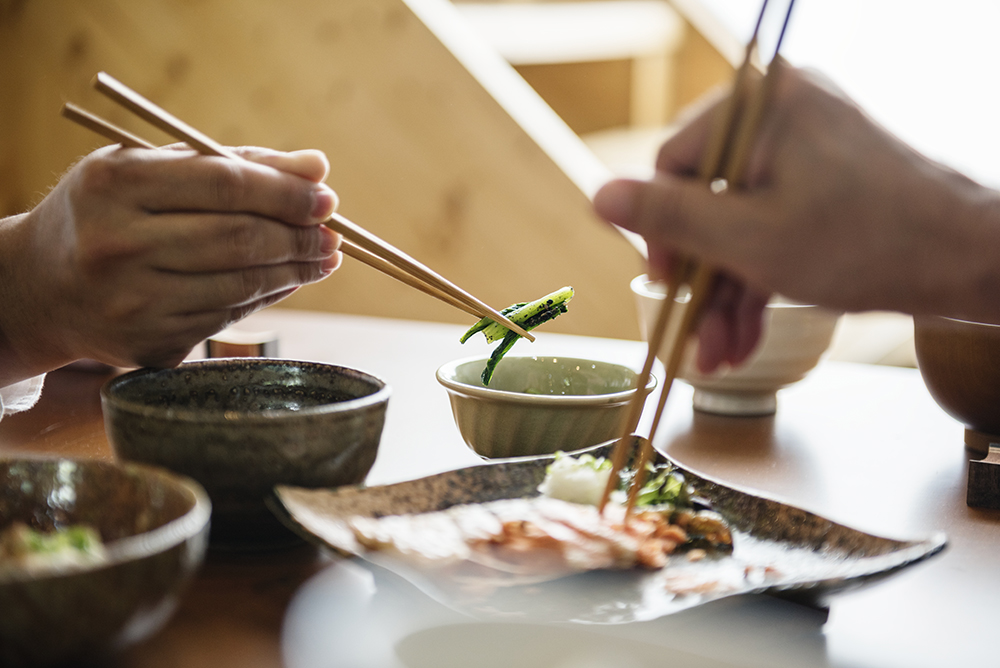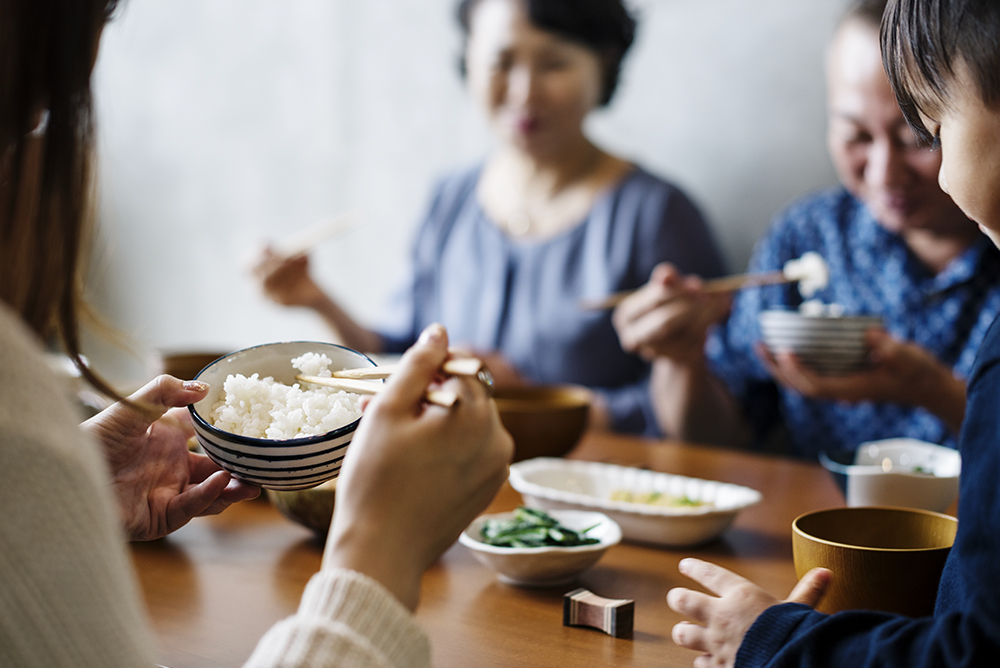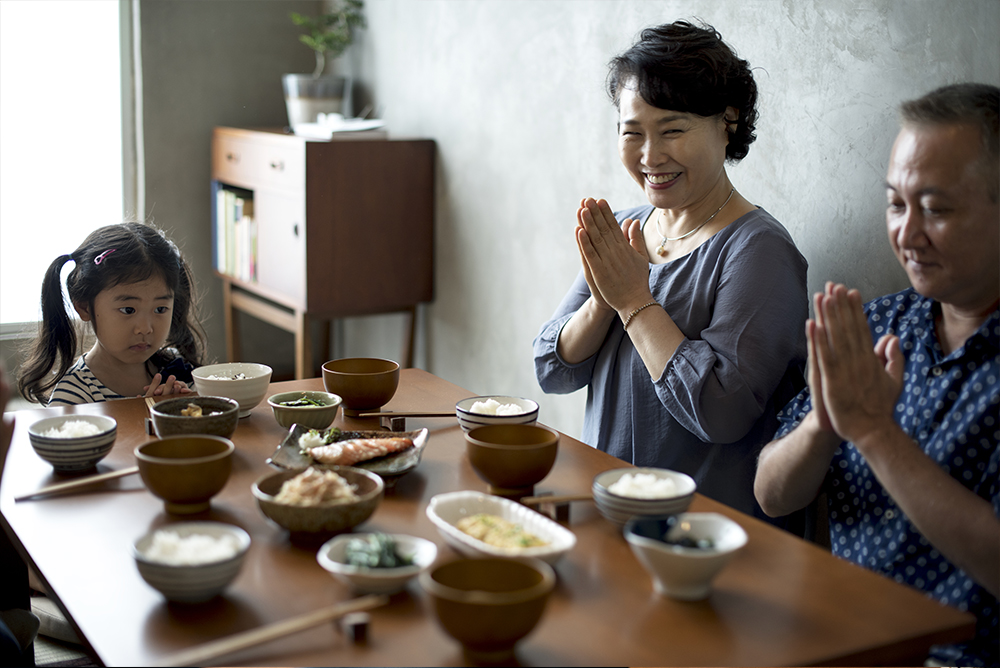Perk Up with 6 Tasteful Malaysian Drinks
Lighten your mood and rejuvenate your senses with 6 must-try Malaysian drinks!
Discover the authentic in Asian cuisine food

Ever been to an authentic Japanese feast and don’t quite know what to do at the table? Maybe misplaced your chopsticks, missed out minor customs everyone else seemed to be doing or made some kind of embarrassing mistake? Well, never again. Here’s your guide to eating like a true Japanese, and make every meal immersive and umami.
While these table rules may seem like a chore, they are also reflective of Japanese values such as discipline, civility, and attention to detail.
Traditional Japanese meals will typically have you seated on a tatami mat, and in the Seiza position – upright on your heels with your legs tucked under your backside. But if this gets too uncomfortable, men may sit cross-legged, and women, with legs tucked to the side. Never spread your legs out.
Dining tables are usually rectangular. The most revered spots in the middle of each side, where the host and the guest of honour are seated; with the latter on the far side from the door.

Before the food, some restaurants may serve you a warm or cold wet hand towel, depending on the season. The towel is called Oshibori, for cleaning your hands before eating. Fold it neatly after use and put it on your right, or the tray it came on. Unlike a napkin, it is not meant for wiping your mouth. Don’t use it to clean your chopsticks or accidental spills either.
Don’t start eating until the host invites, or in a traditional family meal, when the elder begins. Before taking your first bite, put your palms together in Namaste, and say ‘Ita-daki-masu’, as in ‘I humbly partake/receive’. Similar to saying grace or bon appetit.

Japanese chopsticks are pointed at the tip and rounded at the top. Ideal for delicate food like sushi, picking bones out of whole fish dishes, as well as noodles and tasty bits in soups. Chopsticks are arranged sideways facing the food, because in Japanese belief, food is a gift from the gods, and the placement is a symbol to honour it. Also, it’s considered rude to point your chopsticks at the person seated opposite you.
When eating, don’t raise the food above your mouth. When you pause for a drink or have finished, place the chopsticks in front of you on the table, or on the chopsticks rest, with the tips to the left. Never put them on your bowl or plate, and don’t raise your food above your mouth. Master the chopsticks with this handy vid, and learn all the do’s and don’ts here.
Don’t pick up food, crumbs, nor fallen rice grains with your fingers – except when eating sushi, in which case, either chopsticks or your hand is fine. Flip the sushi on its side for dipping in soy sauce.
As for wasabi, sushi in pro-chef restaurants are meticulously prepared with just the right amount for the best flavours in each dish, so you shouldn’t ask for more. If you’re in a casual/fast-food type diner or a home setting and want a more ‘fiery’ taste – dab your sushi in wasabi, then soy sauce to temper the flavours. Don’t mix them in the sauce plate, which dampens the wasabi, and ruins your soy sauce for other dishes. For more sushi-eating tips, check out this demo by Chef Nobu.

Unlike other cultures, it’s fine to lift/hold your bowl or plate in a Japanese meal. Spoons are not typically served, and soups are to be slurped directly from the bowl. You can also hold donburi rice bowls and small sushi plates while eating. But don’t lift the communal dishes or any bowl/plate for large servings.
Also unlike other cultures, to slurp is actually a show of enjoyment for the rich flavours in Japanese dining, especially when savouring soups and noodles.

Always refill the drinks of those seated beside you before your own. And it’s fine to politely say no when you’ve had enough.

At the end of the meal, say ‘Gochisousama deshita’ with a Namaste, which means ‘Thank you for the food’. This greeting paired with ‘Itadakimasu’ at the start, are deeply rooted in Buddhist and Shinto customs. An expression of gratitude for both the food that nature provides, as well as everyone involved in making the meal – from the farmers, fishermen, butchers and sellers, to the chef, waiters and your fellow guests at the table.
As mentioned above, rest your chopsticks properly, close the lids on your bowl, and place the dishes back to their initial serving arrangement to complete the meal.

Lighten your mood and rejuvenate your senses with 6 must-try Malaysian drinks!

Pair your hearty barbecues with these refreshing Asian delights!

What are the properties of ginger, and how to pick, store and use ginger in your cooking? Find out here!